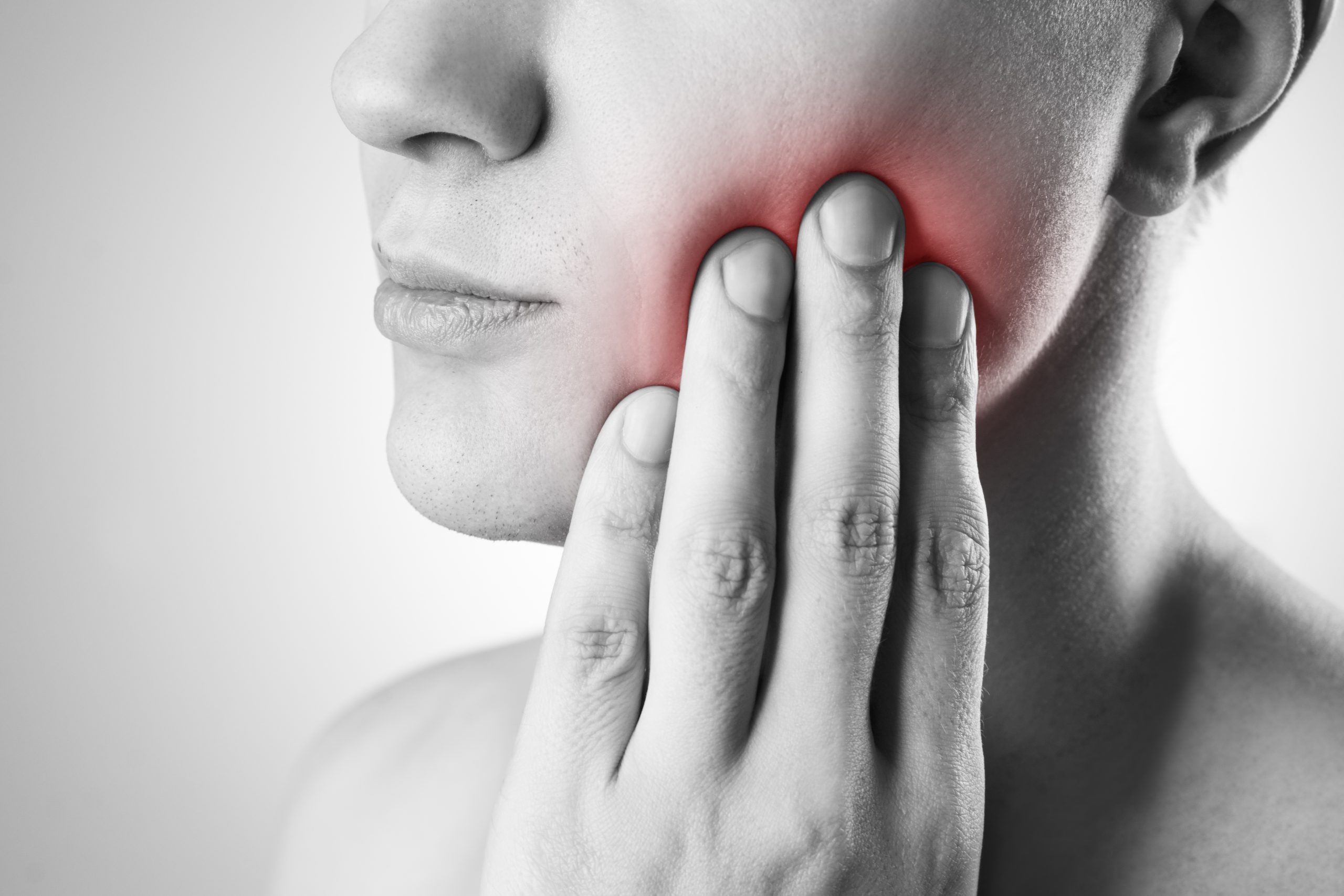
dental hygiene
‘ie. effectual hindrance’
good dental hygiene is the crux of dentistry.
theoretically, if your dental hygiene is perfect you’ll never need to see a dentist again. however, approximately 70% of the adult population have some degree of gingivitis ie. gum inflammation. bleeding gums is the first sign of gingivitis and in most cases can be reversed with improved dental hygiene techniques.
toothbrushing
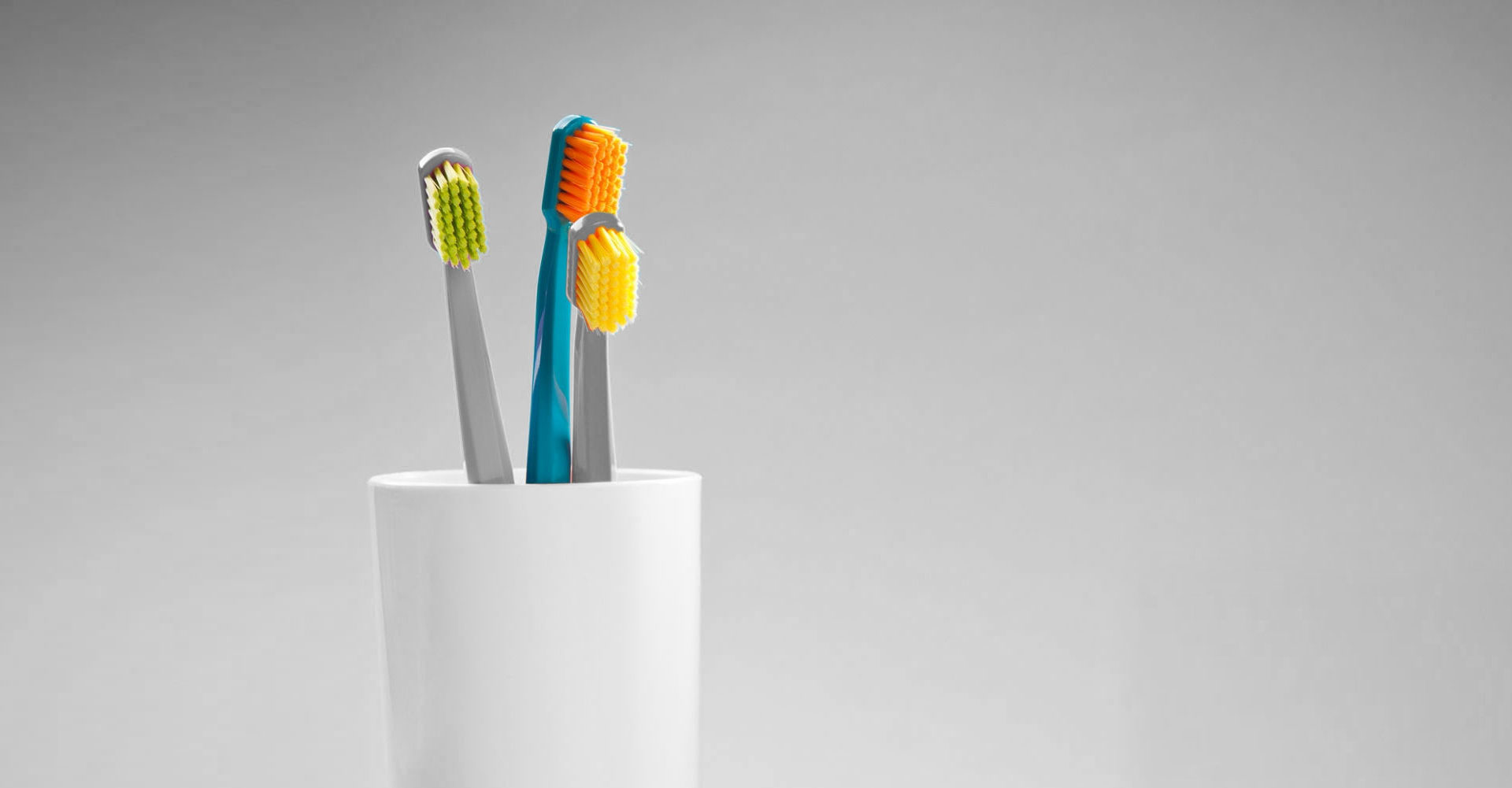 … so we all use a toothbrush. but inevitably, we miss areas, and, as brushing is habitual, we tend to miss the same areas over and over. being shown our weak spots and how to get to these areas is essential to keeping disease at bay. at the other end of the spectrum, brushing too hard causes the gum to recede and can lead to root surface abrasion.
… so we all use a toothbrush. but inevitably, we miss areas, and, as brushing is habitual, we tend to miss the same areas over and over. being shown our weak spots and how to get to these areas is essential to keeping disease at bay. at the other end of the spectrum, brushing too hard causes the gum to recede and can lead to root surface abrasion.
research has shown that brushing twice a day – morning and evening – is optimal for good dental hygiene.
saliva is the body’s natural mouthwash. cleaning your teeth before bed is vital as when we sleep our saliva flow decreases. therefore the mouth is no longer self-cleaning. mornings, well, nobody likes morning breath do they? current thinking says you should not rinse with water after.
the most important ingredient in toothpaste is fluoride and using an electric toothbrush is far superior to manual toothbrushing.
flossing
yes. its boring, tedious and requires a degree of manual dexterity. recently, the efficacy of dental flossing has been called into question. however, those of you that do floss will know that it really does clean the tooth surfaces that a brush just cannot get to. the floss goes in clean, and comes out, well, let’s just say unclean. removing plaque and food deposits by physically wiping the tooth surface can only be a bonus for your dental hygiene and breath.
sonic or not? floss or tape? interdentals or mouthwash?? there are plenty of dental hygiene aids on the market, but which are suited/necessary for you? we will guide you through what to use and how to use it.
as a rule, we try to keep it as simple and easy as possible. that way we hope you’ll keep it up.
types of stain
broadly there are two types of staining – extrinsic and intrinsic.
extrinsic staining caused various things like tea, coffee, red wine and smoking;
intrinsic staining caused by genetic conditions, certain antibiotics or hairline cracks in the teeth that take up stain.
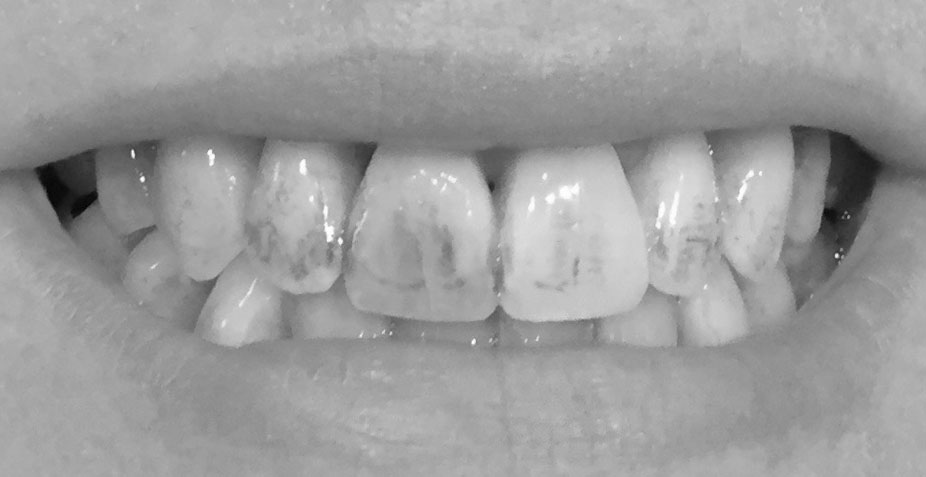
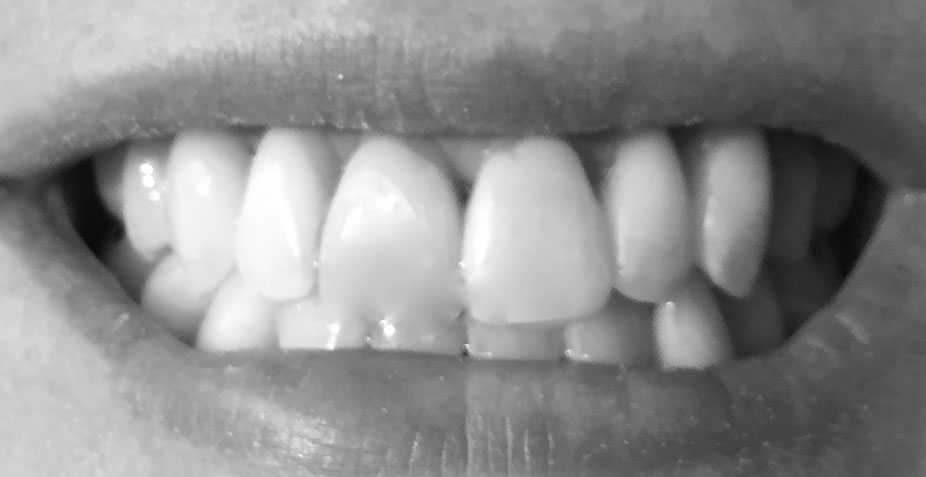
halitosis
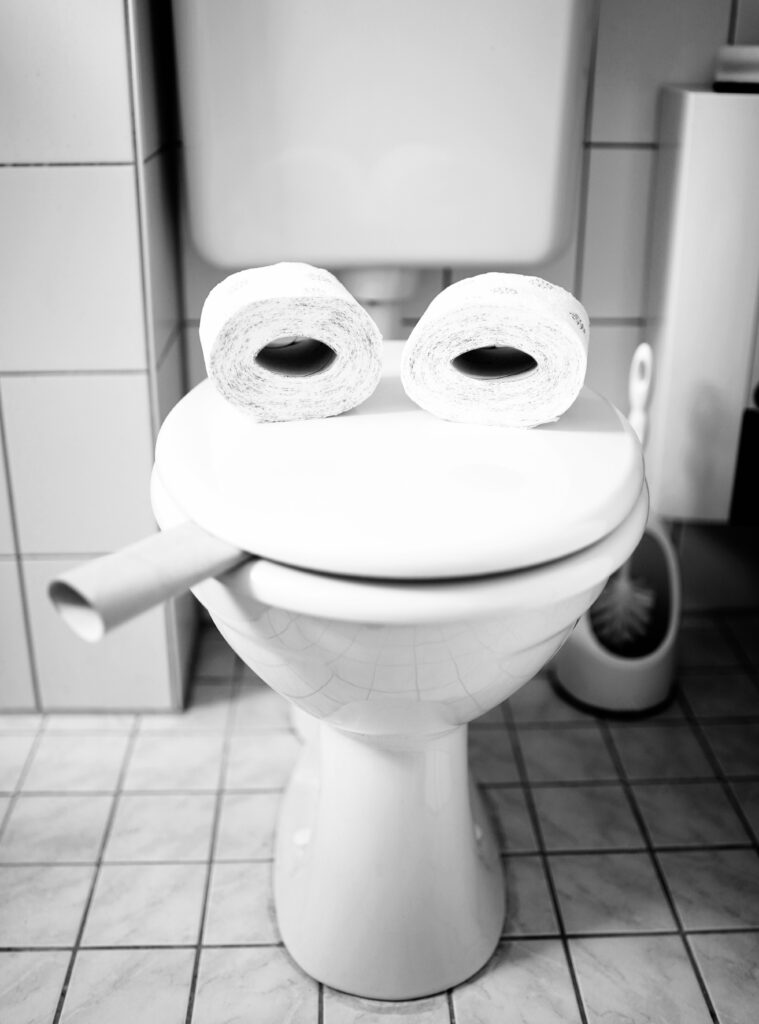 halitosis is simply bad breath. the word is a combination of the latin halitus and the greek suffix -osis, and literally means “breath condition”. about one in four people are thought to have bad breath (halitosis) on a regular basis, but most of us have suffered it at some point.
halitosis is simply bad breath. the word is a combination of the latin halitus and the greek suffix -osis, and literally means “breath condition”. about one in four people are thought to have bad breath (halitosis) on a regular basis, but most of us have suffered it at some point.
causes
bad breath is usually caused by bacteria in the mouth and is not usually a sign of general ill health.
gum disease can cause bad breath. but you could still have bad breath with healthy teeth, gums and great oral hygiene. the smell then usually comes from the far back of the tongue. it gets stronger when you talk, as your mouth gets drier.
eating strongly flavoured foods, such as onions and garlic, can also cause your breath to smell, as can smoking and drinking alcohol.
occasionally, bad breath can occur after an infection or illness, or as a result of taking certain types of medication.
snoring or mouth breathing dries out the cavity and makes it stagnant as the saliva flow is decreased. this in turn can lead to halitosis.
treatment
to restore fresh breath is usually very simple and involves a consultation and examination of the mouth in order to ascertain what the reasons are and how they can be treated. simply brushing the tongue and a dental hygiene plan is often sufficient.
in the meantime, brushing twice a day with a fluoride toothpaste, flossing and keeping the mouth moist will help. chewing sugar free gum can help with bad breath as it increases the flow of saliva.
if you find that you breathe through your mouth, shut it and breathe through your nose. snorers, try lying on your side when sleeping, you’ll be less noisy and may smell sweeter too!!
sportsguards
sportsguards, mouthguards and mouth protectors are different names for the same thing: a rubber device worn over your teeth that protects them from blows to the face and head.
sportsguards are an important piece of athletic equipment for anyone participating in a sport that involves falls, body contact or flying equipment. this includes rugby, football, boxing, martial arts, basketball, baseball, hockey and lacrosse — any activity that might result in an injury to the mouth.
sportsguards typically cover the upper teeth, and are designed to protect against broken teeth, cut lips and other damage to your mouth. if you wear braces or other fixed dental appliances (such as a bridge) on your lower jaw, your dentist may suggest a mouth protector for these teeth as well. it should be resilient, tear-resistant and comfortable. it should also fit properly and not restrict your speech or breathing.
31% of dental emergency trauma cases admitted to hospital are for sports injuries.
if you don’t wear a mouthguard and you were to be hit in the face, the teeth can come together with such force that teeth can be broken and at worst the jaw can be broken and you can suffer with concussion due to the shock of the blow being transmitted through the skull. the long term cost financially and psychologically to the sufferer is unmeasurable. so… it is essential that everyone who should wear a mouthguard, wears one that is properly constructed and well-fitting. the functions of a mouthguard are;
- to dissipate forces of a direct blow around the dental arch and guard
- prevent lacerations to gums, tongue and cheeks
- reduce the risk of dento-alveolar fractures
- reduce risk of avulsed (i.e. knocked out) teeth
- prevent concussions
depending on your age, your sportsguard may need replacing fairly regularly. if you are still growing, new teeth will come through and move into position. the mouthguard may then become too tight or loose, and will need to be remade to fit the new shape of your mouth.
adults may not need to have their mouthguards replaced quite so often. but they are like any other form of sports equipment and will suffer from wear and tear. we recommend that you bring your mouthguard along when you come in for a check-up, so we can make sure it is still fit for purpose..
bruxism (teeth grinding)
‘involuntary habitual grinding of the teeth, typically during sleep’
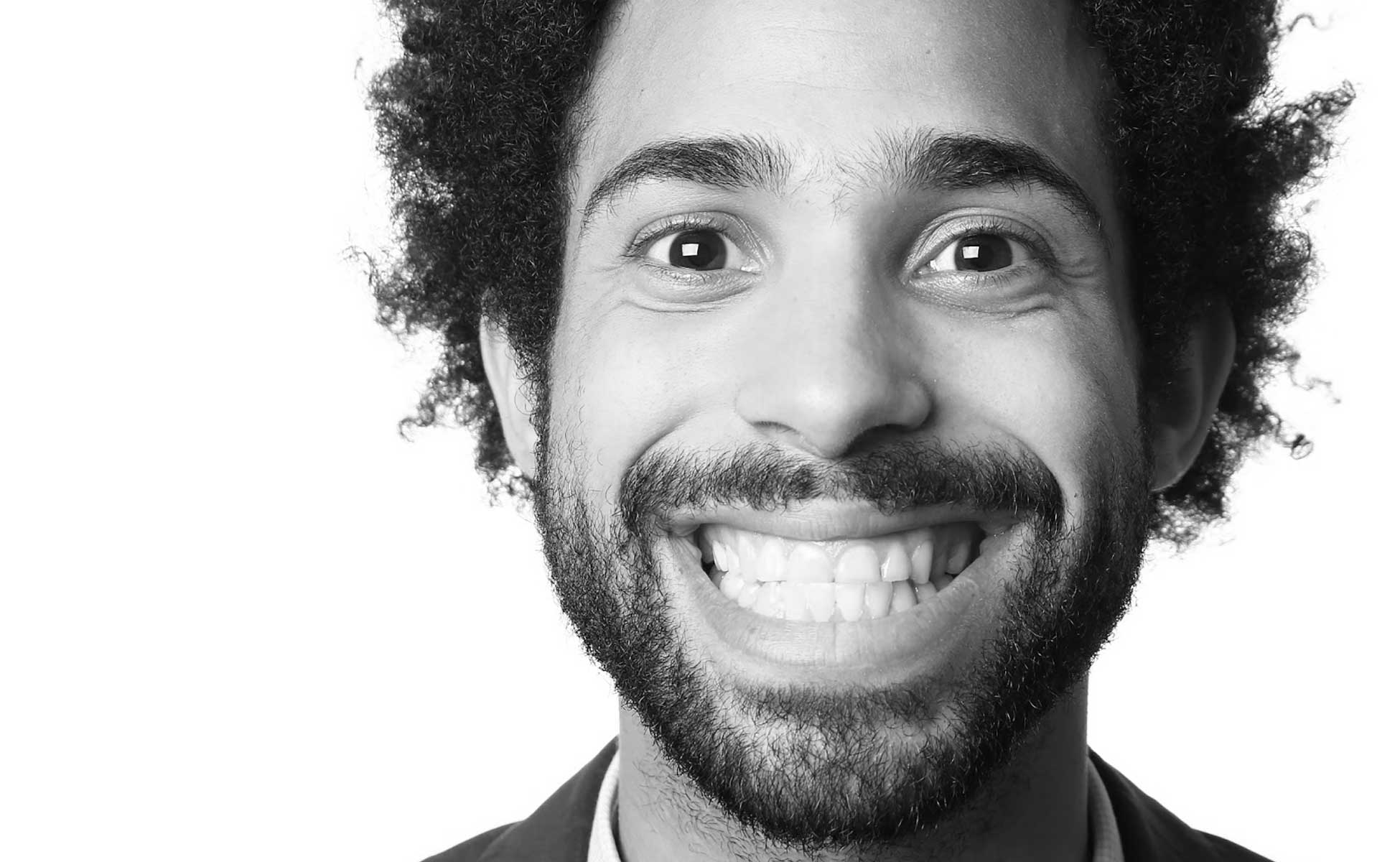 bruxism is a habit that affects around 8-10% of the population. it is broadly characterised by grinding of the teeth and clenching of the jaw that causes tooth wear and breakage, disorders of the jaw (pain and limited movement) and headache. it occurs in both children and adults but is most common in 25-44 year olds. however, most people grind and/or clench their teeth occasionally to a certain degree.
bruxism is a habit that affects around 8-10% of the population. it is broadly characterised by grinding of the teeth and clenching of the jaw that causes tooth wear and breakage, disorders of the jaw (pain and limited movement) and headache. it occurs in both children and adults but is most common in 25-44 year olds. however, most people grind and/or clench their teeth occasionally to a certain degree.
bruxism is classified into awake bruxism and sleep bruxism. the former is characterised by involuntary clenching of the teeth and jaw bracing in reaction to certain stimuli. there is generally no tooth grinding with awake bruxism. the latter is characterised by automatic teeth grinding with rhythmic and sustained jaw muscle contractions.
bruxism is further divided into primary, (that occurs without any prior medical condition) and secondary, where a medical or psychiatric condition is known. the teeth grinding observed during wakefulness and secondary bruxism can be associated with certain medications such as antidepressants or recreational drugs such as cocaine and ecstasy, and disorders such as parkinson’s disease, depression and major anxiety.
treatment
there are a number of possible treatments for teeth grinding, but only a few have been shown to be effective.
behavioural therapies and the use of mouth guards or mouth splints can be effective in managing the symptoms associated bruxism.
mouth guards and mouth splints work in the same way by reducing the sensation of clenching or grinding teeth, and also help prevent any wear on the teeth.
other treatments, such as muscle-relaxation exercises and sleep hygiene, may also help manage your symptoms.
if you grind your teeth while you’re asleep, you may need to wear a mouth guard or mouth splint to protect your teeth from further damage.
if you have an anxiety or stress-related problem, a course of cognitive behavioural therapy (CBT) may be recommended. the aim of CBT is to help you manage your problems by changing the way you think and how you act.
it may be possible to break the habit of teeth grinding using habit-reversal techniques.
making some simple lifestyle changes, such as giving up smoking (if you smoke), reducing your alcohol consumption and managing stress may also help.
dental emergencies
dental emergencies do not always involve pain, although this is a common signal that something needs to be looked at. pain can originate from the tooth, surrounding tissues or can have the sensation of originating in the teeth but be caused by an independent source.
toothache
there are many causes of toothache, some more serious than others. as a rule the advice we give is as follows:
- first, thoroughly rinse your mouth with warm water.
- use dental floss to remove any lodged food.
- if your mouth is swollen, apply a cold compress to the outside of your mouth or cheek.
- never put aspirin or any other painkiller against the gums near the aching tooth because it may burn the gum tissue.
- to alleviate the pain take whatever you would normally take for a headache.
- contact us as soon as you can.
dental abscess/facial swelling
abscesses are infections that occur around the root of a tooth or in the space between the teeth and gums. abscesses are a serious condition that can damage tissue and surrounding teeth, with the infection possibly spreading to other parts of the body if left untreated.
because of the serious oral health and general health problems that can result from an abscess, see a dentist as soon as possible. in the meantime, to ease the pain and draw the pus toward the surface, try rinsing your mouth with a mild salt water solution (1/2 teaspoon of table salt in 8 ounces of water) several times a day.
broken, lost fillings and crowns or veneers
as a temporary measure, stick a piece of sugarless gum into the cavity (sugar-filled gum will cause pain) or use an over-the-counter dental cement. contact us as soon as possible.
cracked tooth syndrome
cracked tooth syndrome occurs when a tooth has a crack that’s too small to show up on x-rays, or is under the gum and challenging to identify. it appears most often on molars. most people experience cracked tooth syndrome as pain or discomfort when biting into food, or when teeth are exposed to hot or cold temperatures. the pain or discomfort won’t be constant, as with a cavity.
many people with cracked tooth syndrome have symptoms for months because it’s one of the most difficult dental problems to diagnose. a complete oral examination, dental history, radiographs and the use of a fiber optic hand piece can assist in the detection of cracks. people with a history of a cracked tooth are more likely to have others, either at the same time or in the future.
